The Pros and Cons of Every Ford Super Duty Engine Ever Made!
Here are the pros and cons for all nine engines (and their variations/generations) that have powered a Ford Super Duty since 1999.



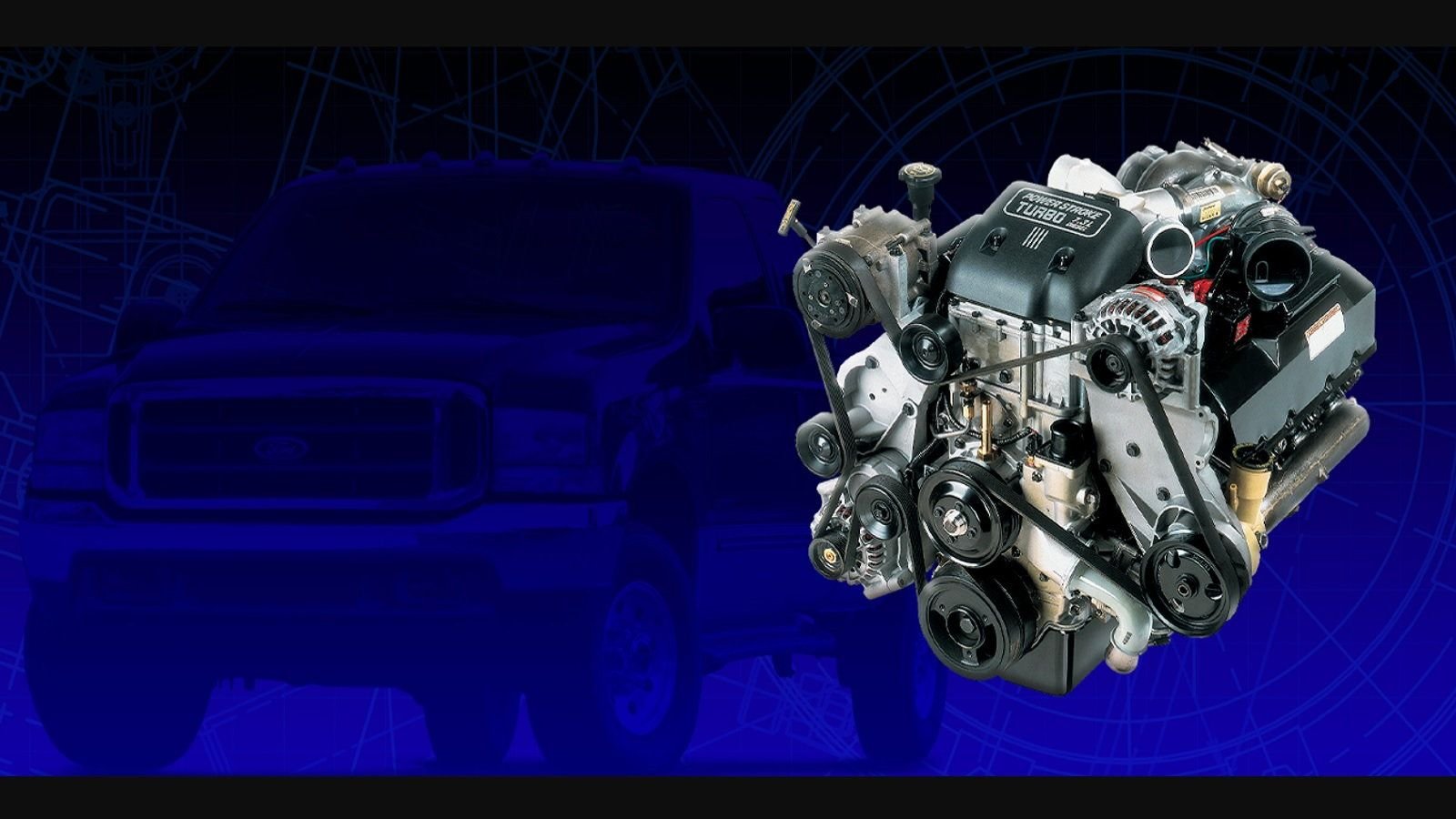
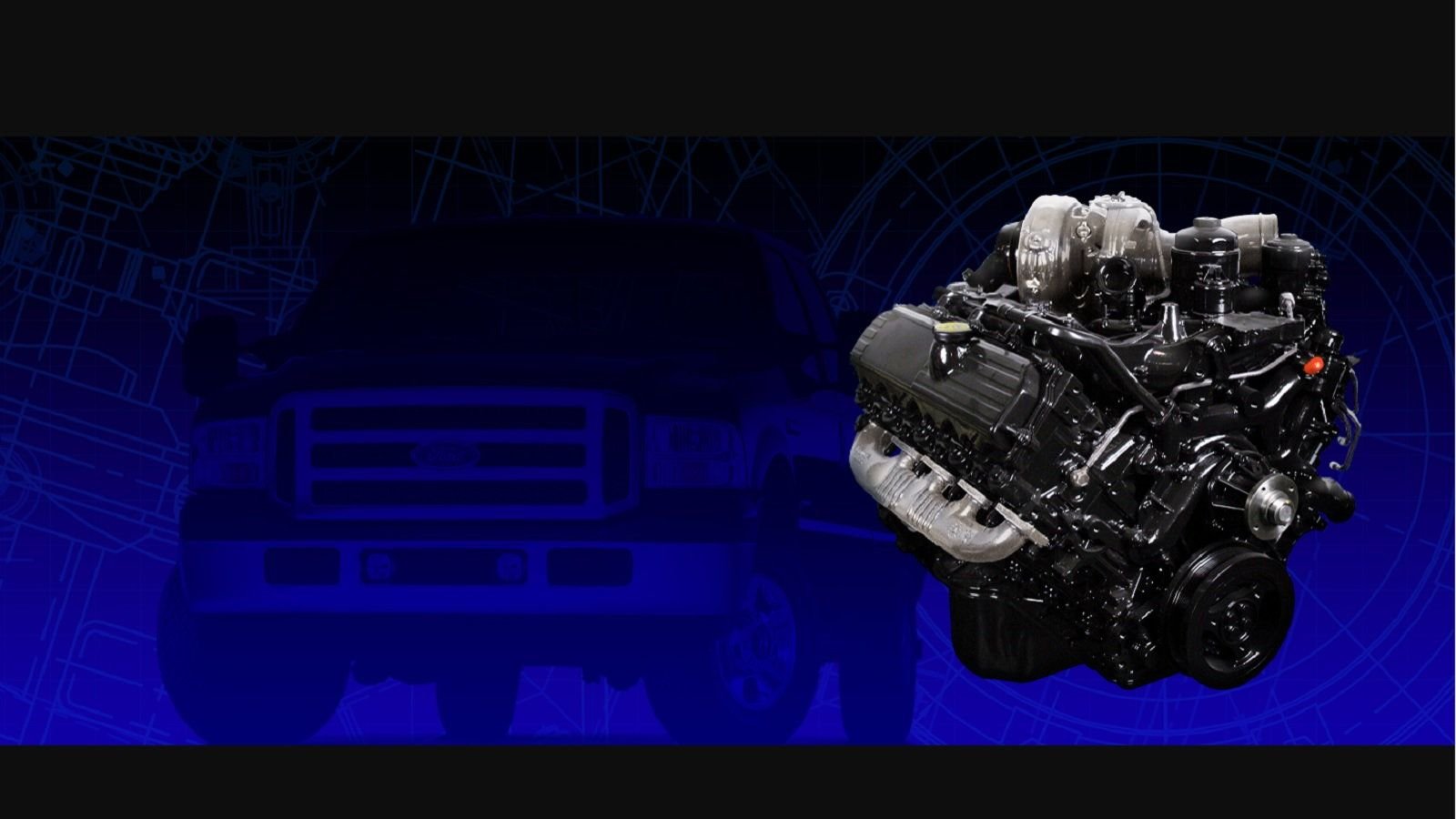
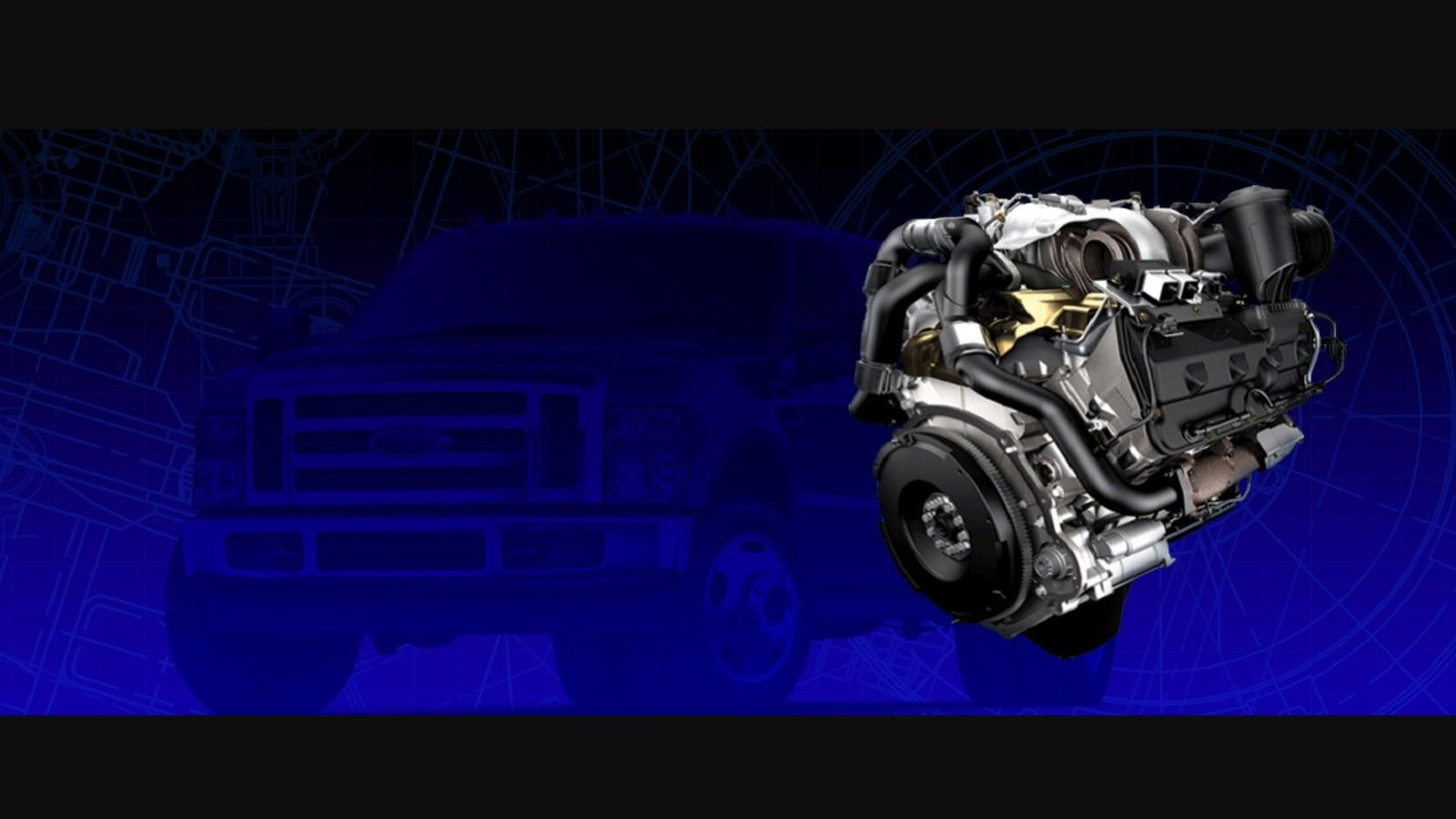

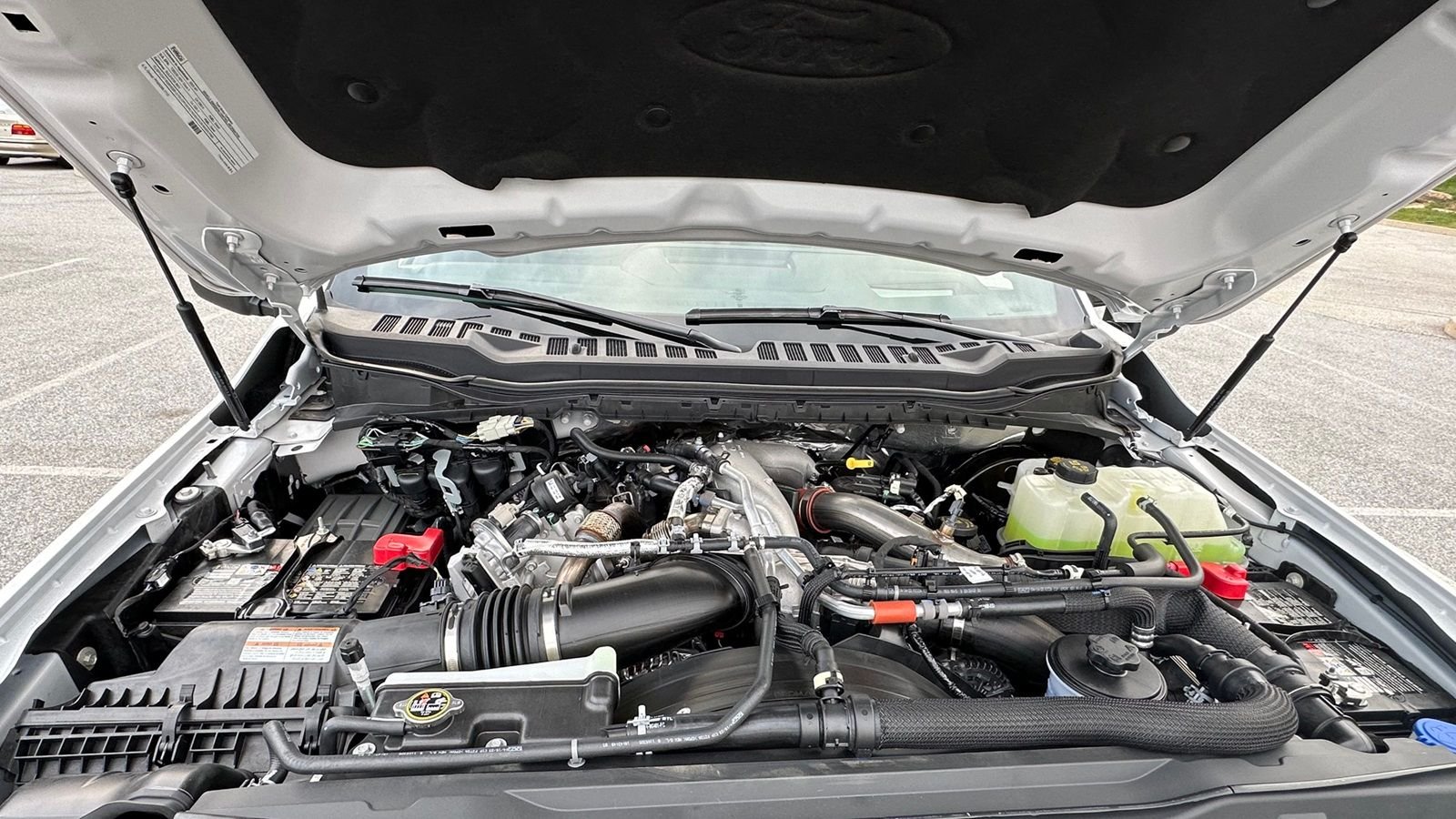
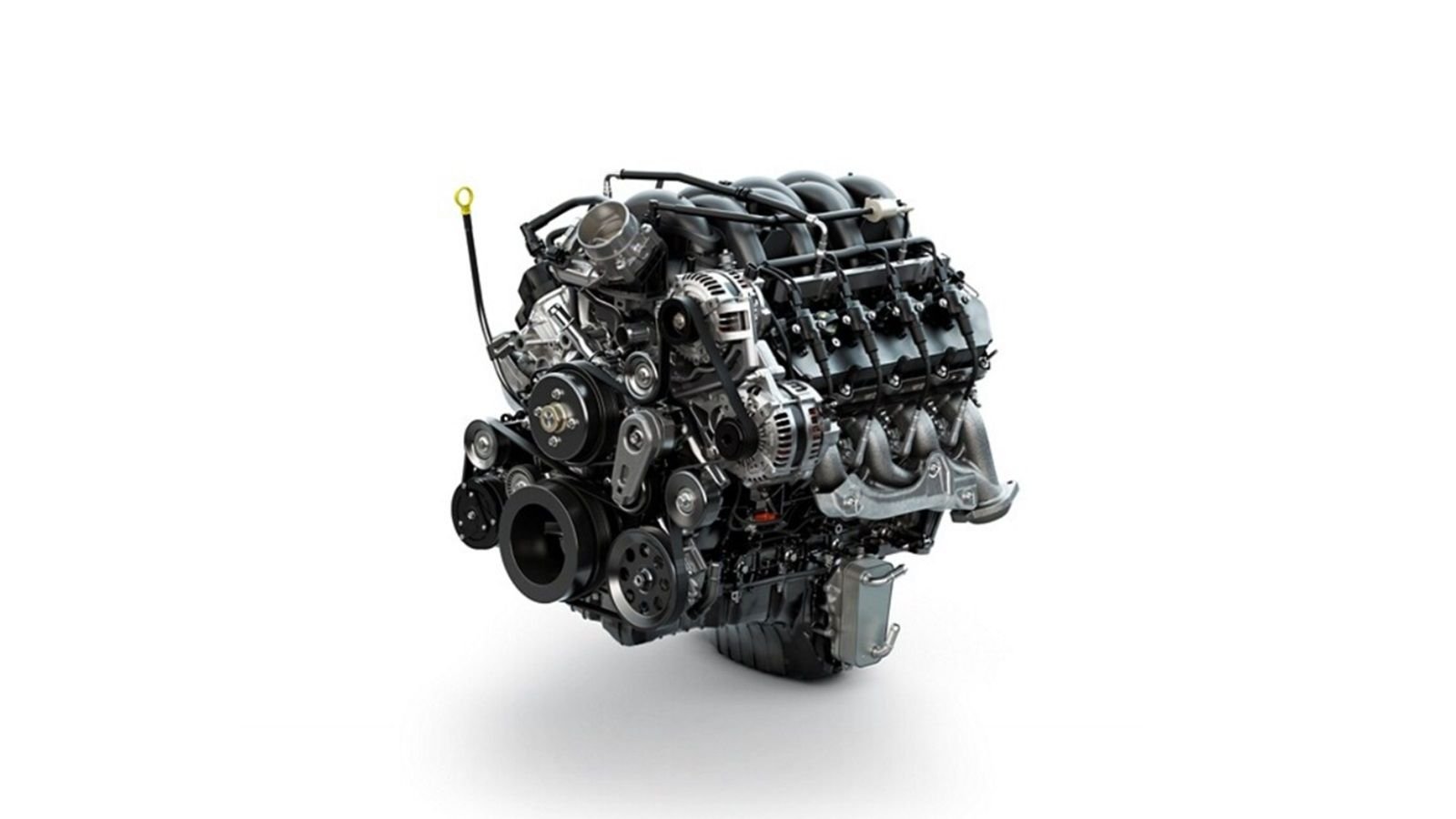











Intro
Ford formally introduced the Super Duty line back in 1999. The goal was to differentiate the tougher, more capable work trucks more clearly from the lighter duty half-ton models. The Super Duty line has been hugely successful for Ford. There are many things that go into making a Super Duty truck but one of the key ingredients is, of course, the engine. Since 1999, the Ford Super Duty has effectively offered nine different engines, many of which received multiple variants or generational updates (2-valve versus 3-valve, and so on).
Each of these engine families offer pros and cons. And that is what we are focusing on here today. The best and worst aspects of the various Super Duty engines.
Image: Joe Kucinski
1. 1999 – 2005 6.8L 2V V10 Triton; 2005 – 2010 6.8L 3V V10 Triton
This engine was first introduced in 1997, but since we are looking at 1999 as the starting year for the Super Duty, we consider that the first year. This 6.8L V10 is basically an expanded 5.4L Triton V8. In 2005 it was updated from a 2V to a 3V design. And like all engines on this list, it has some pros and cons.
Pros:
- 3V version produced 362 horsepower and 460 pound-feet of torque. It was great for towing and hauling but was also fun when you would put your boot to the floor.
- Generally Reliable. However, must be well maintained and susceptible to spark plugs backing out similar to the 5.4L Triton engine.
- True, this does not get mileage like diesel. However, most folks report around 13 mpg which is respectable and the cost of gasoline being less than diesel even things out. Also, it is typically easier to find an open gasoline pump compared to a diesel pump in some areas.
Cons:
- Spark Plug Blowout. The engine is reliable but there are some well-known issues such as spark plugs backing out.
- Not a diesel. A big V10 is cool, but the power delivery is totally different than a diesel. You need much higher rpms to generate full power.
Image: Ford
2. 1999 – 2004 5.4L 2V V8 Triton; 2005 – 2010 5.4L 3V V8 Triton
During basically the same time period that the V10 was available, you could opt for the smaller Triton V8 in your Super Duty. Like the V10 these engines saw a move from a 2V to a 3V design during their lifespan. There were also 4V 5.4L Triton engines but they were for Ford performance cars instead of trucks.
Pros:
- Generally reliable if owners are vigilant with maintenance -- oil changes every 3K miles are a must.
- Good Power and Decent Economy. The V8 Triton got better mileage than the V10 units yet the V8 still made plenty of power. The 3V models made up to 327 horsepower and 369 pound-feet of torque.
Cons:
- Poorly maintained engines will gunk up, causing timing chain and/or cam phaser issues. (If you hear a rattle on startup, get to a shop immediately.) Fortunately, there are some upgrades available that can prevent some of the most common problems.
- Certain (earlier) model years also like to spit out spark plugs.
Image: Ford
3. 1999 – 2003 7.3L Power Stroke
This might be the most highly regarded engine on this entire list.
Pros:
- Legendary reliability. Getting half a million miles or more out of these engines is common.
- Pre-dated some emissions requirements. So, the engine is not as complex as some more modern powerplants. For, example there is no DEF requirement for the 7.3L Power Stroke.
- Plenty of power and easy to upgrade to more. 235 horsepower and 500 pound-feet of torque is plenty to get most jobs done. But there is plenty of aftermarket support to easily boost the output if you want.
Cons:
- The engine has legendary reliability, but it is not perfect. There can be issues with cam position sensors and injection pressure regulator valves.
- Ford doesn’t build them anymore.
Image: Ford
4. 2003 – 2007 6.0L Power Stroke
These engines can be made to be reliable, and many folks report good success with the 6.0L Power Stroke but it is probably the most unloved Power Stroke model Ford ever made.
Pros:
- Issues with this engine are well known at this point and steps can be taken to make these units relatively bulletproof.
- Excellent towing and hauling performance.
Cons:
- Yes, you can upgrade these engines to make them reliable but that is going to cost money.
- If you don’t pay to bulletproof the engine you are susceptible to learning why these engines have a reputation for poor quality. Issues include head gasket failures, fuel injection control module failures, oil and EGR cooler problems, and even issues with the turbos.
Image: Ford
5. 2008 – 2010 6.4L Power Stroke
The 6.4L attempted to fix many of the problems found on the 6.0L Power Stroke. It had limited success in doing so.
Pros:
- This engine can produce 350 horsepower and 650 pound-feet of torque.
- Larger diameter head bolts were used in the 6.4L which helps reduce the likelihood of blown head gaskets.
Cons:
- The 6.4L did little to improve the reliability concerns that came with the 6.0L.
- The 6.4L is saddled with additional emissions equipment which introduced additional failure points.
Image: Ford
6. 2011 – 2022 6.2L Boss V8
This engine first saw truck duty in the 2010 SVT Raptor but became an option on the Super Duty starting in 2011.
Pros:
- Power and efficiency. This 6.2L will be able to do just about anything the larger 6.8L V10 could do and use less fuel while doing it.
- These engines are robust and should last a very long time.
Cons:
- This engine has a few known issues such as oil consumption and water pump failures.
- Changing spark plugs is a bit complicated. This engine has 16 spark plugs and you must follow a very specific procedure to remove and replace them.
Image: Ford
7. 2011 – Current 6.7L Power Stroke; 2023 – Current 6.7L HO Power Stroke
These are the newest Power Stroke engines on the market. In 2023 Ford introduced a High Output version which puts out incredible power figures.
Pros:
- Best in class power. The 6.7L HO engine puts out 500 horsepower and a mind numbing 1,200 pound-feet of torque. This allows for not only towing massive payloads but incredible on road performance. A big, heavy F-250 equipped with this engine can hit 60 mph in just 5.5 seconds.
- The base 6.7L Power Stroke is no slouch with 450 horsepower and 1,050 pound-feet of torque at its disposal.
- 40,000-pound gooseneck tow rating. Enough said.
Cons:
- Expensive. Adding the 6.7L Power Stroke to an F-250 XLT will cost you about $10,000. The high output version will set you back over $12,000.
- While the motors themselves are believed to be very reliable, 6.7s come paired with complicated high-pressure fuel systems and emissions control systems that are extremely expensive to fix if and when they fail.
Image: Joe Kucinski
8. 2020 – Current 7.3L Godzilla
The Godzilla V8 has only been out for a few years but has already become a favorite among Ford fans.
Pros:
- It is the largest and most powerful gasoline V8 in its class. 430 horsepower and 485 pound-feet of torque.
- Old school pushrod design. It is a new engine, but with a simple and proven approach that should make it reliable for years to come.
- Engine swap. The relatively compact design makes this engine a good candidate for swapping into a number of Mustang project cars.
Cons:
- As great as this engine is, it is not a diesel. The fuel economy is not on par with a diesel and it delivers power differently.
- Too new to rate. So far, these engines have proven to be reliable. But it is too soon to claim that they will be amongst the most reliable engines ever.
Image: Ford
9. 2023 – Current 6.8L V8
This is the newest gasoline engine on our list. Think of it as a scaled down Godzilla.
Pros:
- Impressive base engine. For 2024 this 405 horsepower and 445 pound-feet of torque V8 is the base engine in the Super Duty lineup. Not a bad engine to get things started.
- Simple pushrod design should prove to be reliable over the years.
Cons:
- We expect these engines to be reliable, but they are too new to really have any idea as to how they are holding up so far.
- Least powerful Super Duty engine. The power this engine puts out is nothing to sneeze at. However, it is the least powerful in the current Super Duty lineup. So, if you are planning on doing heavy work with your truck, you may want to spend the money for a more powerful engine.
Image: Ford
